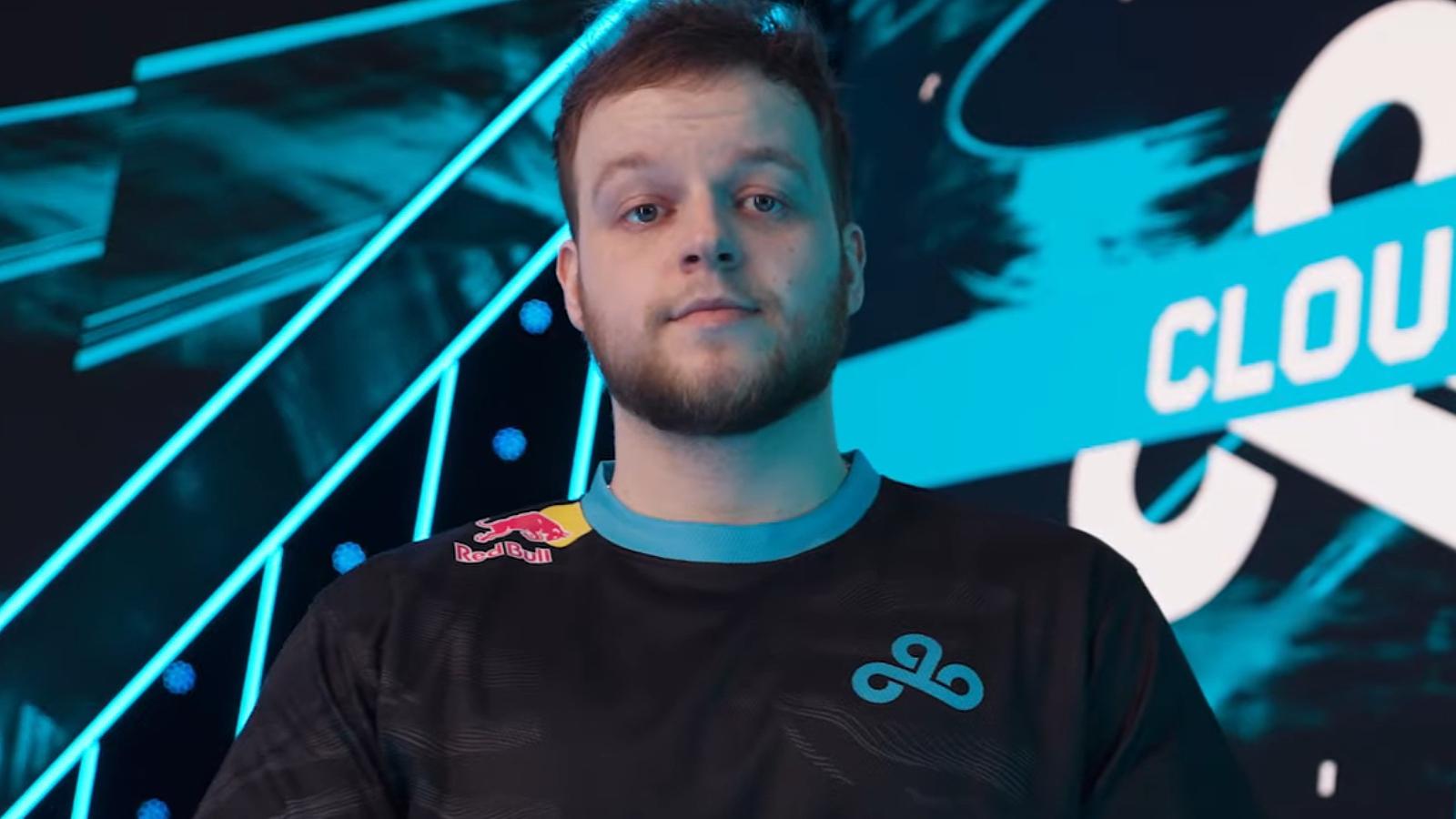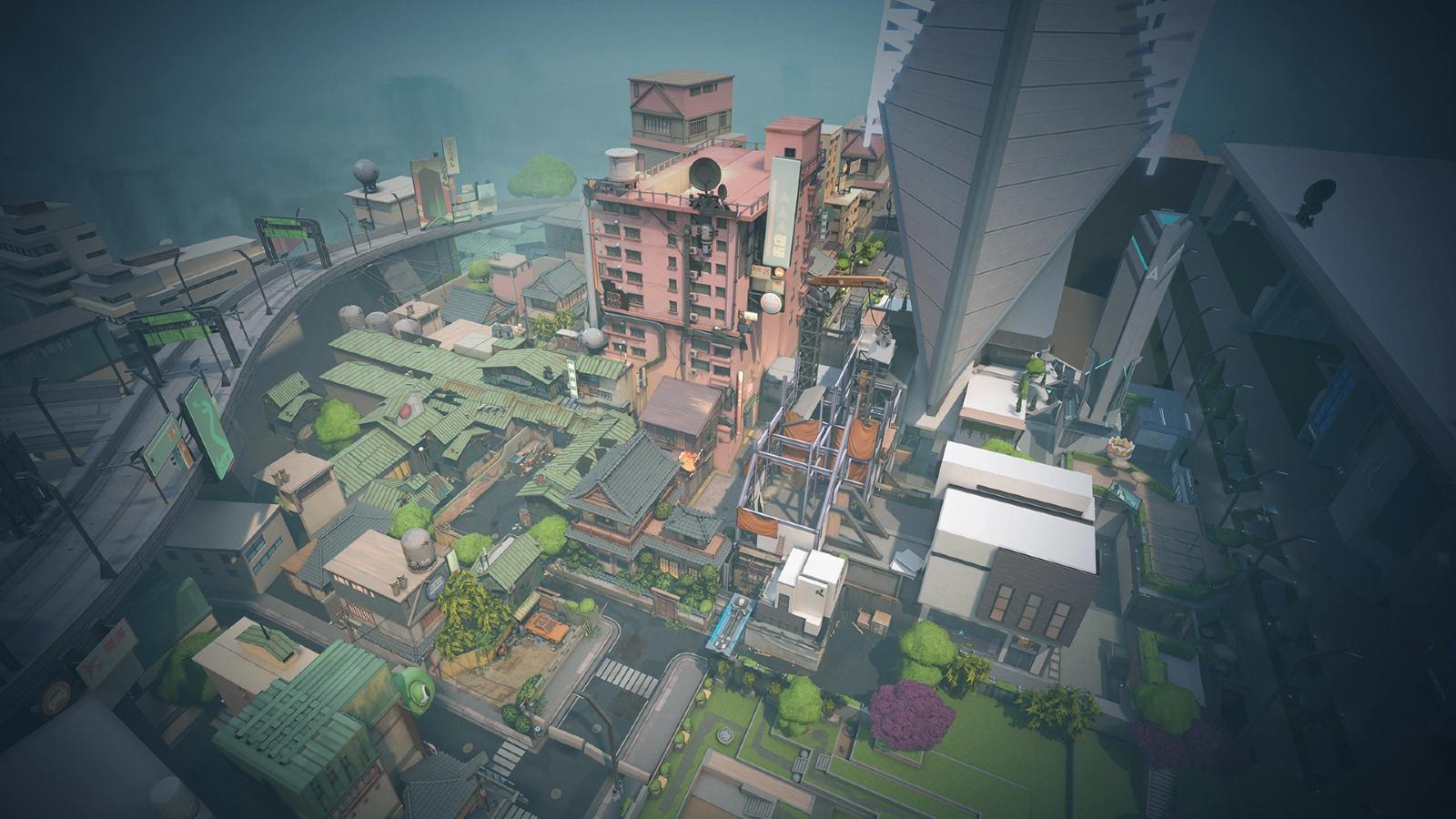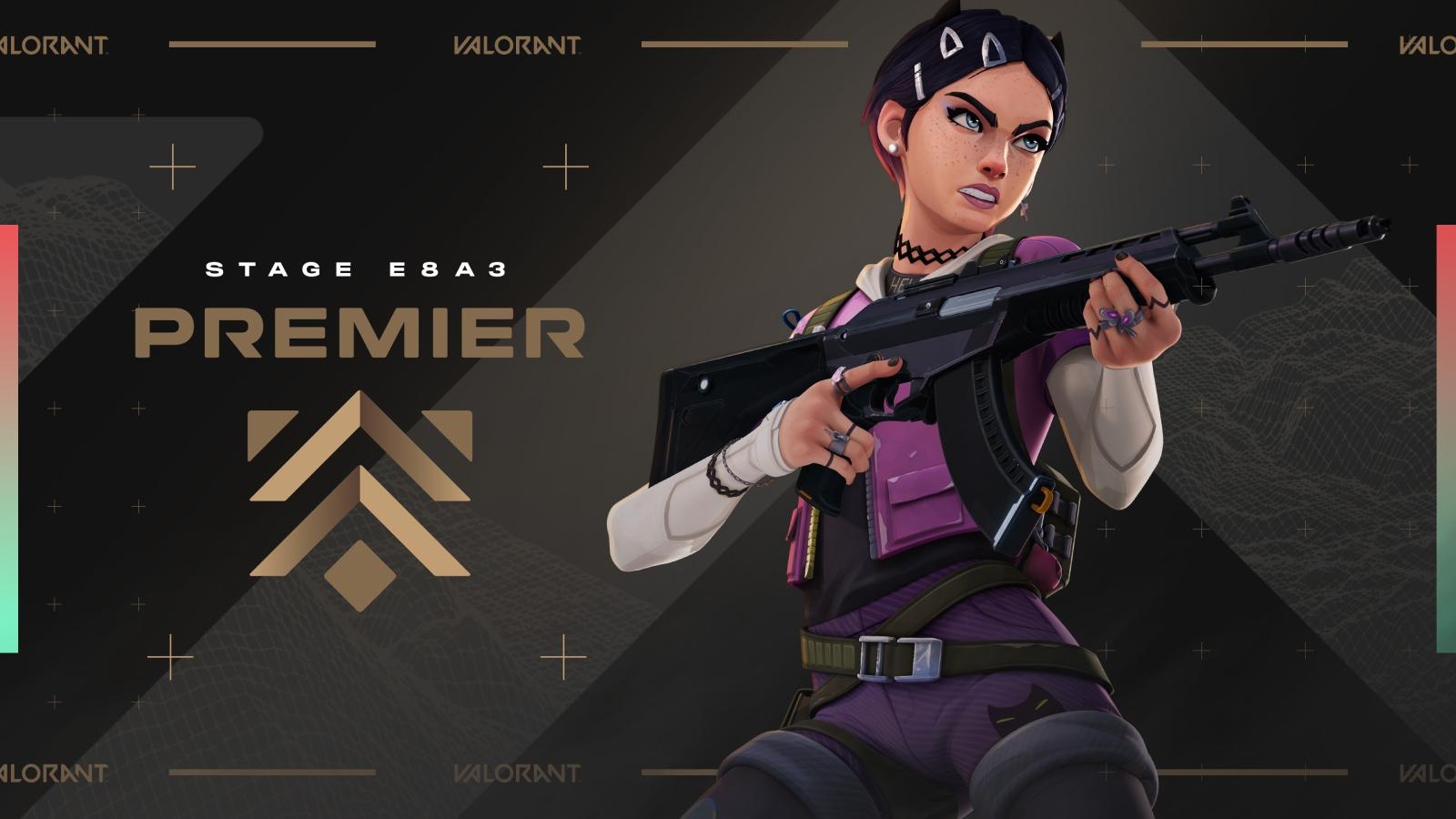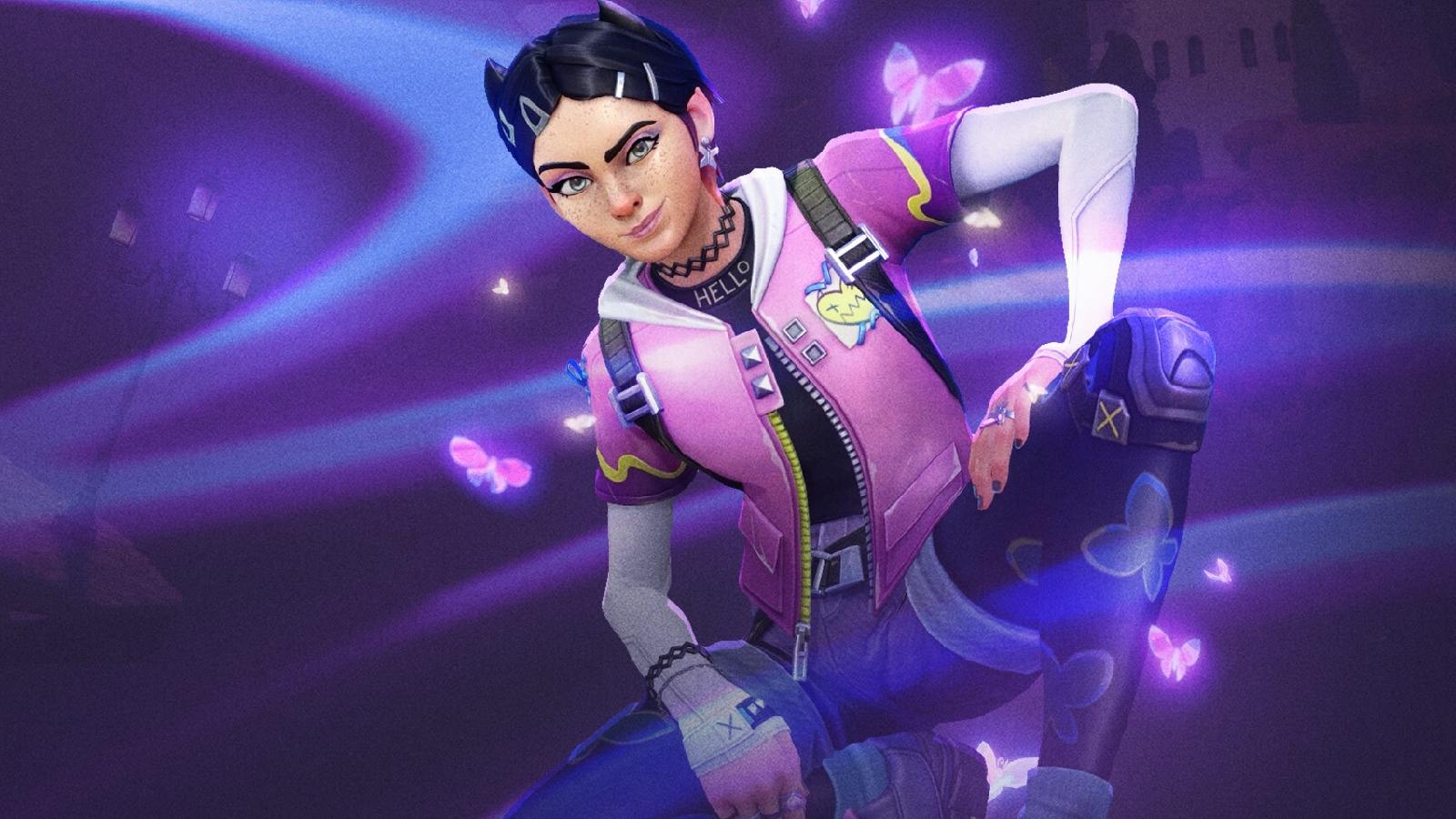Riot Games break down reasons behind Valorant’s Raze nerfs
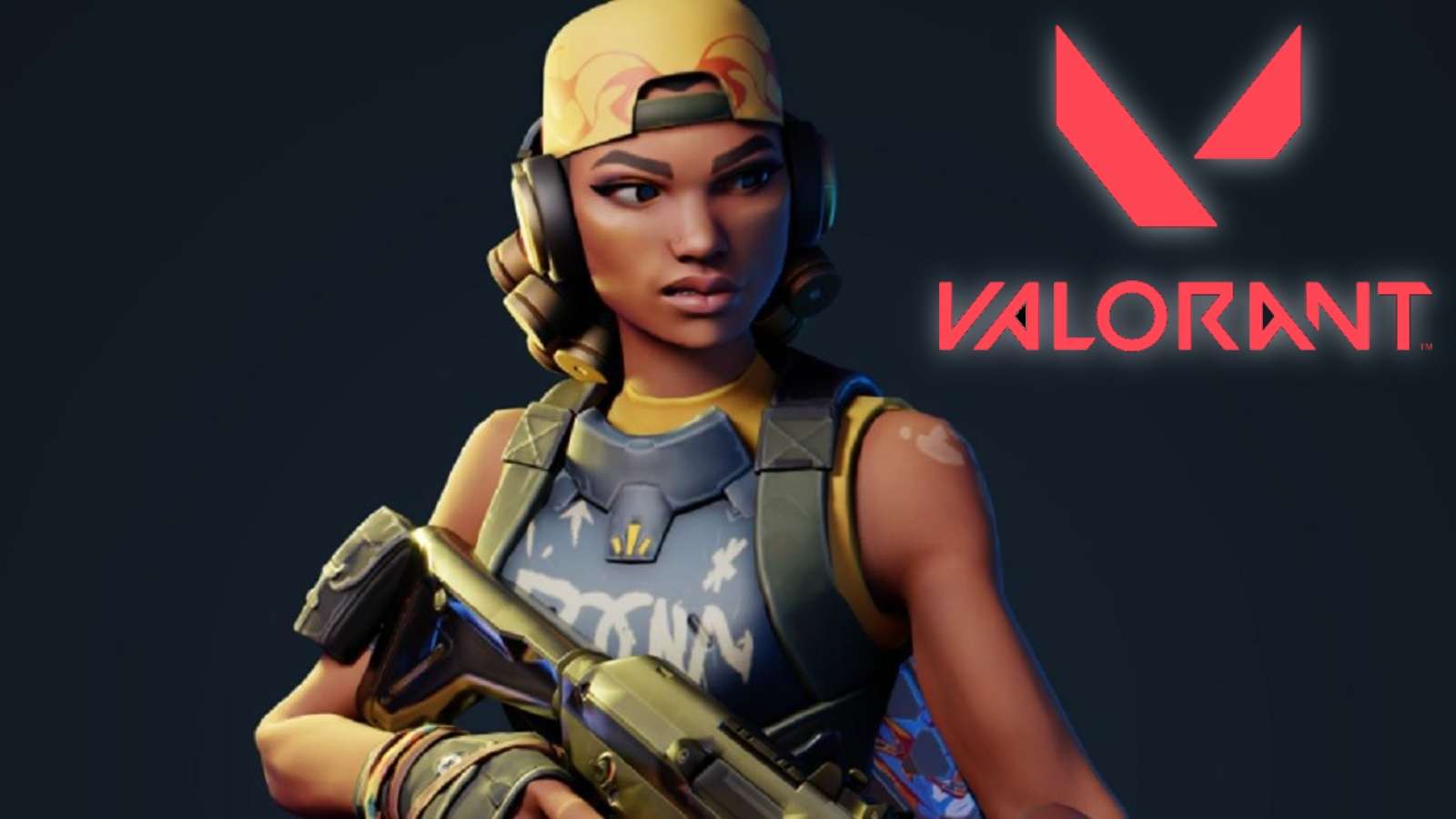 Riot Games
Riot GamesRaze gets fixed after bugs from Patch 4.05
Valorant developers Riot Games have provided players with an in-depth breakdown of the reasoning behind Raze’s nerf early in the game’s life-cycle.
When Valorant’s beta phase launched back in April, players immediately called out Raze as an incredibly overpowered character, forcing a nerf from Riot in the 0.47 update.
The nerf was very much welcomed from players, who became somewhat happier with the state of the Agent following the nerf, which provided better audio cues as well as a limitation on her grenades.
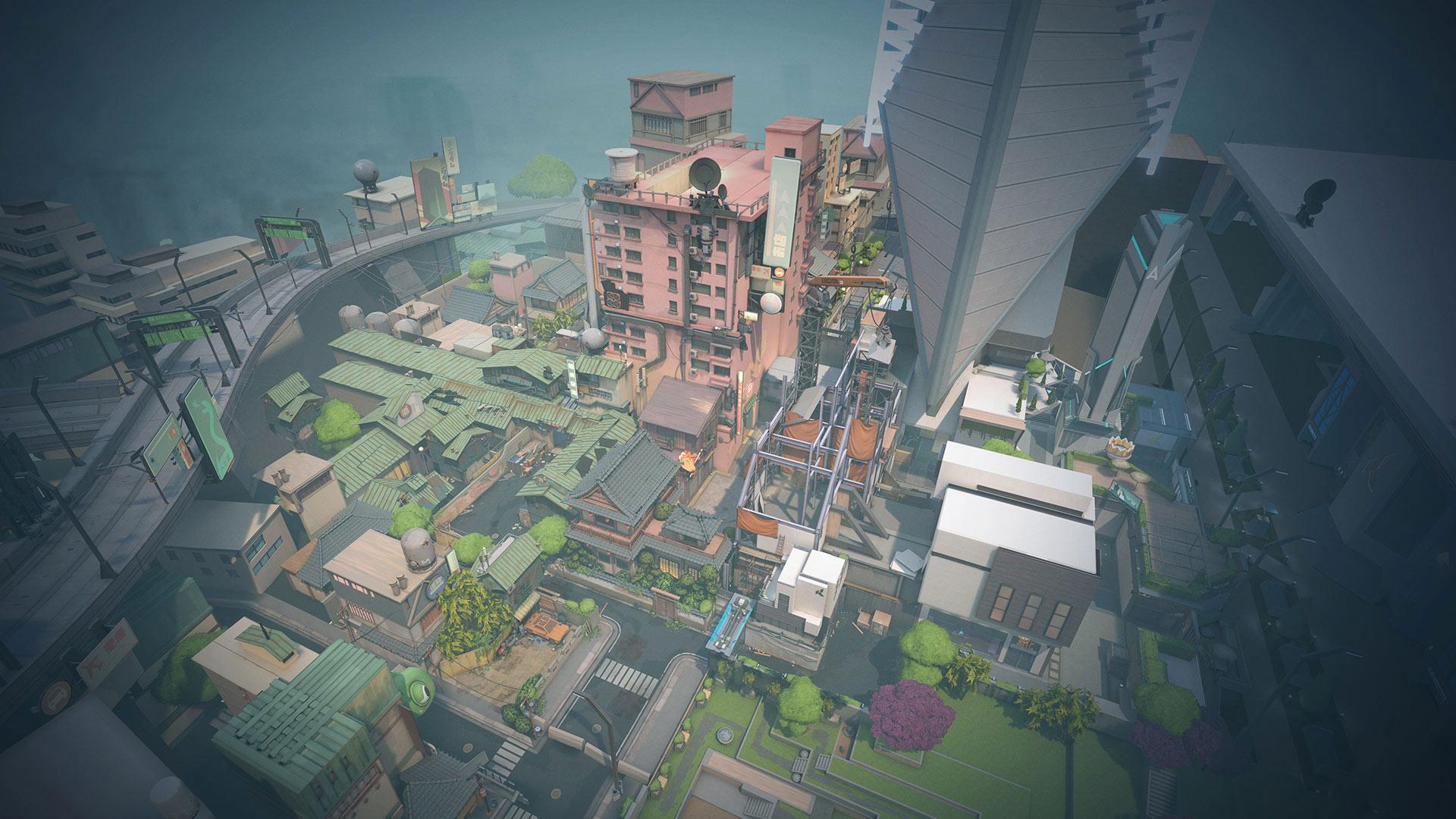 Riot Games
Riot GamesFor the most part, though, the nerf was explained simply by saying that Riot wanted to make “light changes that should bring Raze’s offensive pressure closer to the other agents.”
Now, though, in a Valorant blog post in which their balancing process is explained with more precision and clarity than ever before, the exact process behind Raze’s nerf has been explained, with six key features and stats that went into the nerf.
The post clearly details Raze’s win percentage in early matches, but also points out that player sentiment played a huge part in their decision to bring the Agents abilities down a peg.
Here’s what they said:
- The balance group were aligned that Raze’s kit fits the tac cycle and did not break the loop. She was one of the first kits that this project had designed, and she had helped shape the cycle itself.
- She had a high match win rate of ~51% and 53.5% in non-mirrored matches, especially on defense against enemies that were grouped up charging her position. This did not trigger initial alerts set in Closed Beta. Riot quickly realized that power was in the measures of .1%’s rather than 1%’s and tightened the bands accordingly, concluding that Raze was OP.
- Player sentiment: Streams, surveys, anecdotes, forums – anything. There was a lot of frustration about being rocketed and naded but they realized that players were not reacting to the audio cues of her abilities and had a hard time understanding what was happening to them outside of the fact that they were now dead.
- They did an analysis writeup with the information acquired and proposed some changes:
- Having two grenades that she could throw back-to-back created an oppressive scenario for players trying to push into her. Raze players were getting a lot of kills which in turn gave her access to her Ultimate more often.
- Players were not reacting to the counterplay cues of her abilities which caused more frustration.
- Internal changes and testing.
- Grenade charges went from 2 to 1 and became a reset on kill. This change lowered the frequency in which opponents would run into the nades but still give the Raze player the opportunity to continually blow stuff up. It was a great change that fit her core identity – kill them.
- The audio attenuation of her Rocket fire and equip were changed drastically to really tell players that they needed to vacate the area.
- Added context and changes to patch notes.
- They monitored the player’s reaction and sentiment to the patch notes. They liked the direction she was headed but were still skeptical about Raze in general. Her win rate directly took a hit but not by much. The perception was that she was in a much more balanced state.
- They followed up in later patches using the direction set in .47+.
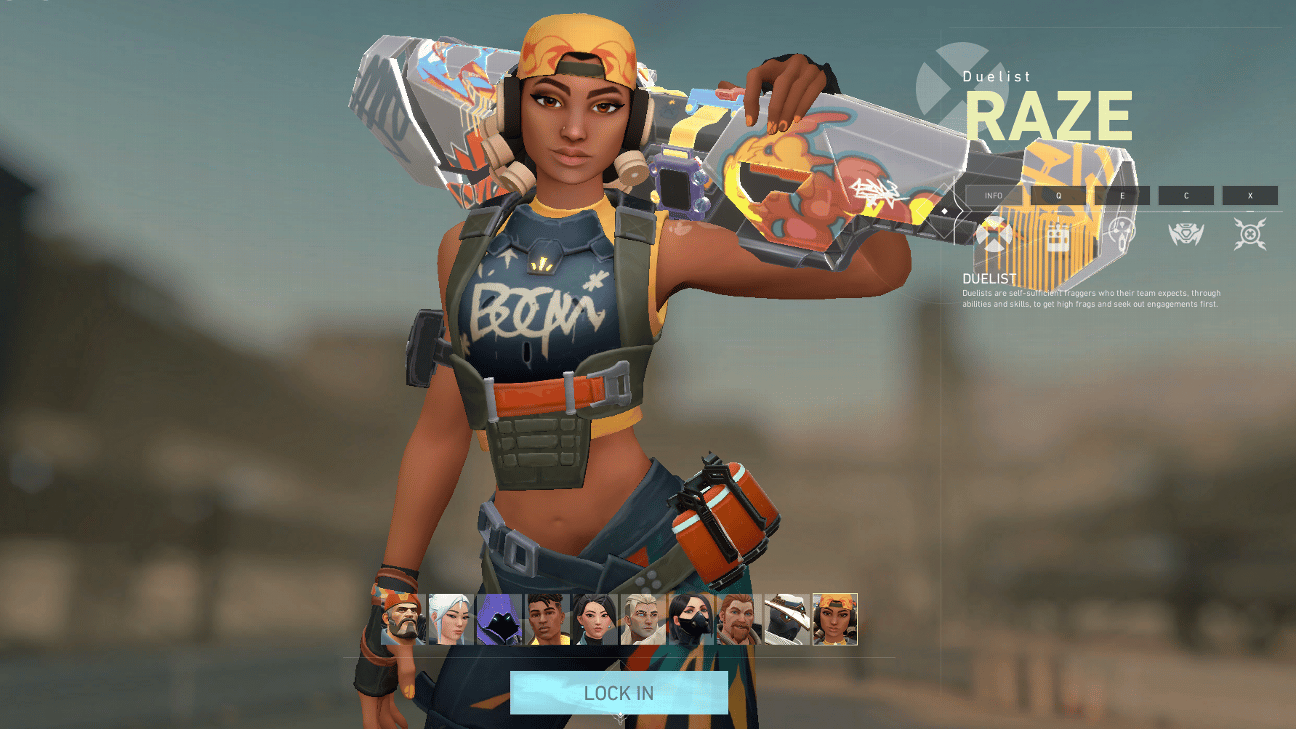 Riot Games
Riot GamesSo, as you can tell, there is a lot more than you might have thought that goes into balancing Valorant Agents, and this here shows just how streamlined and thought-out the process is.
Needless to say, the Raze nerf was celebrated by just about every Valorant player, and showed that the dev team are determined to make the game as fair as possible, as well as listen to what their players want.
